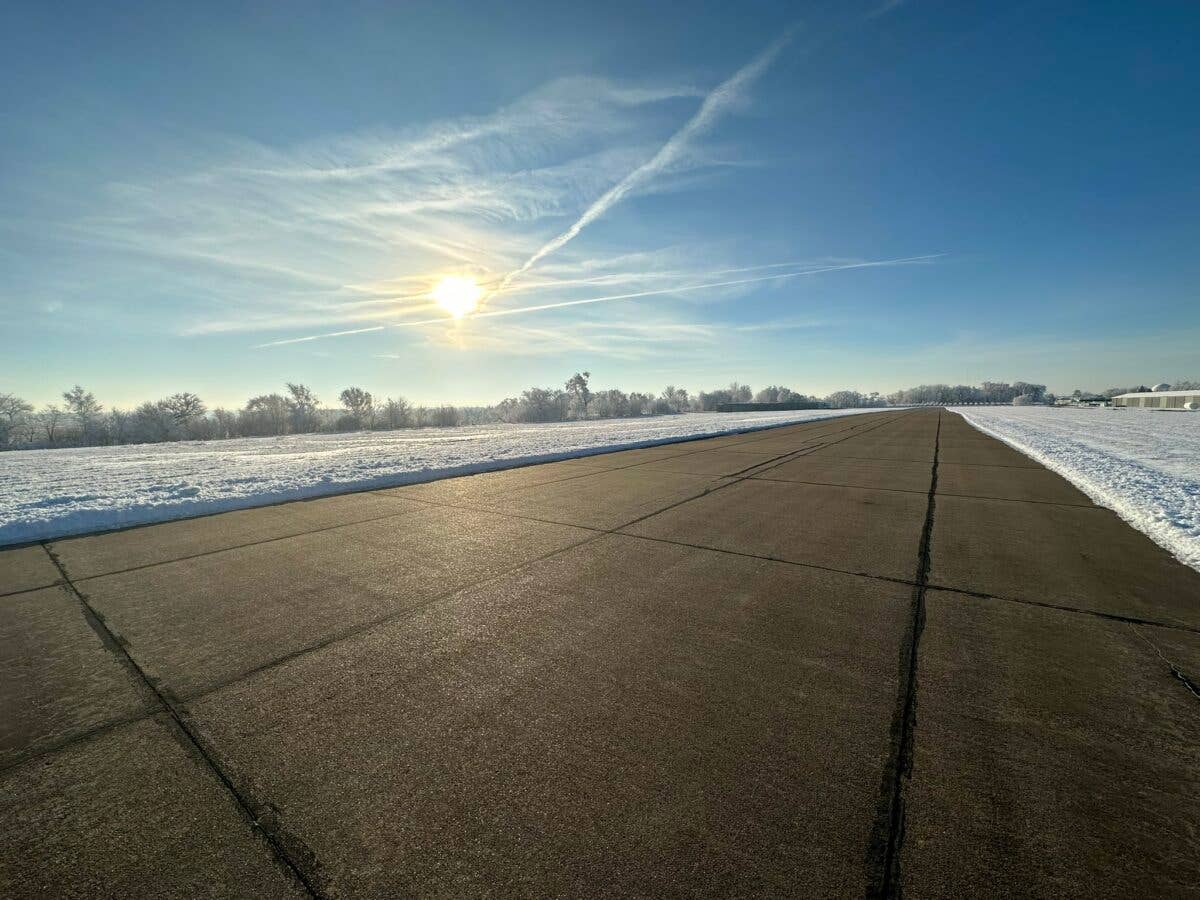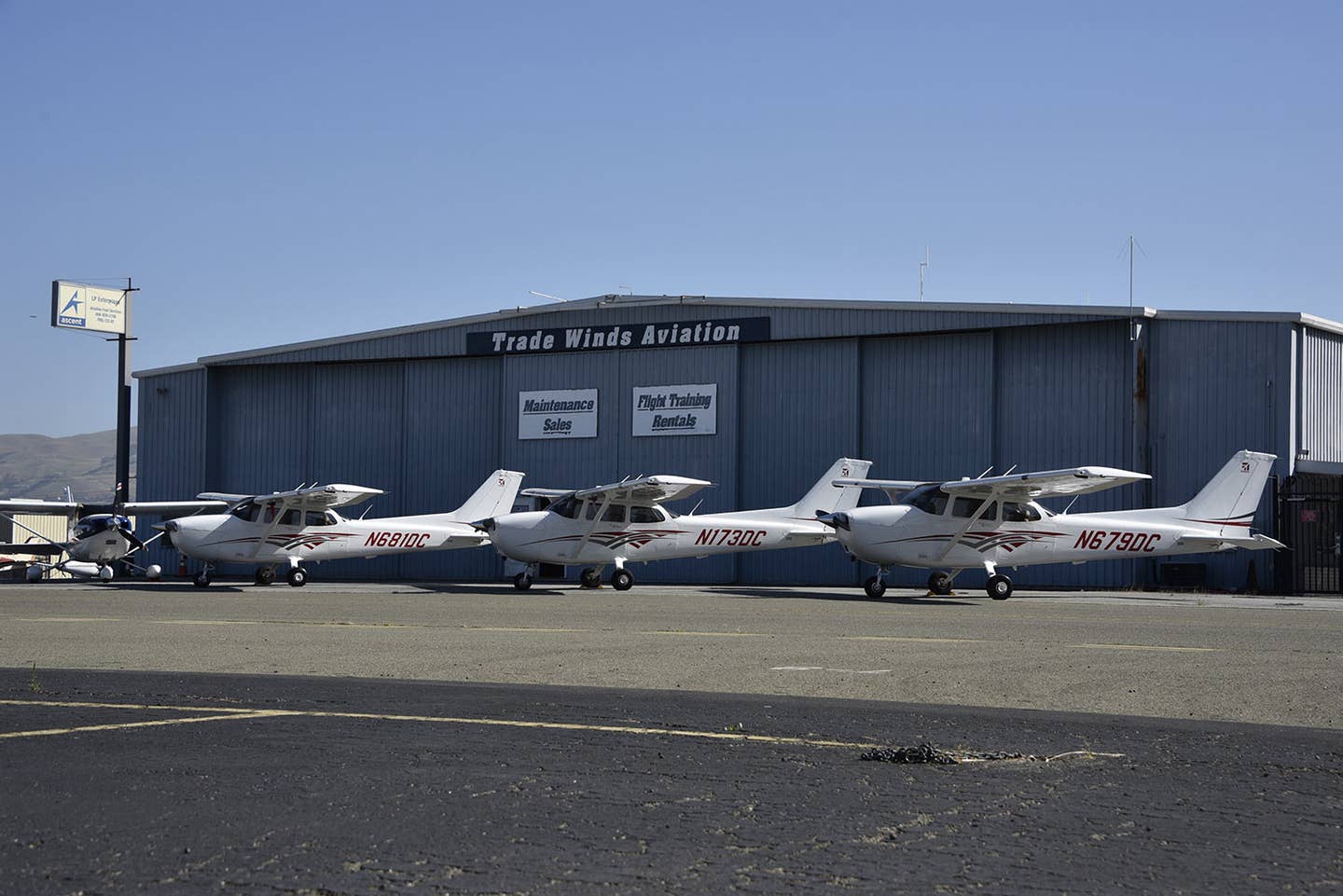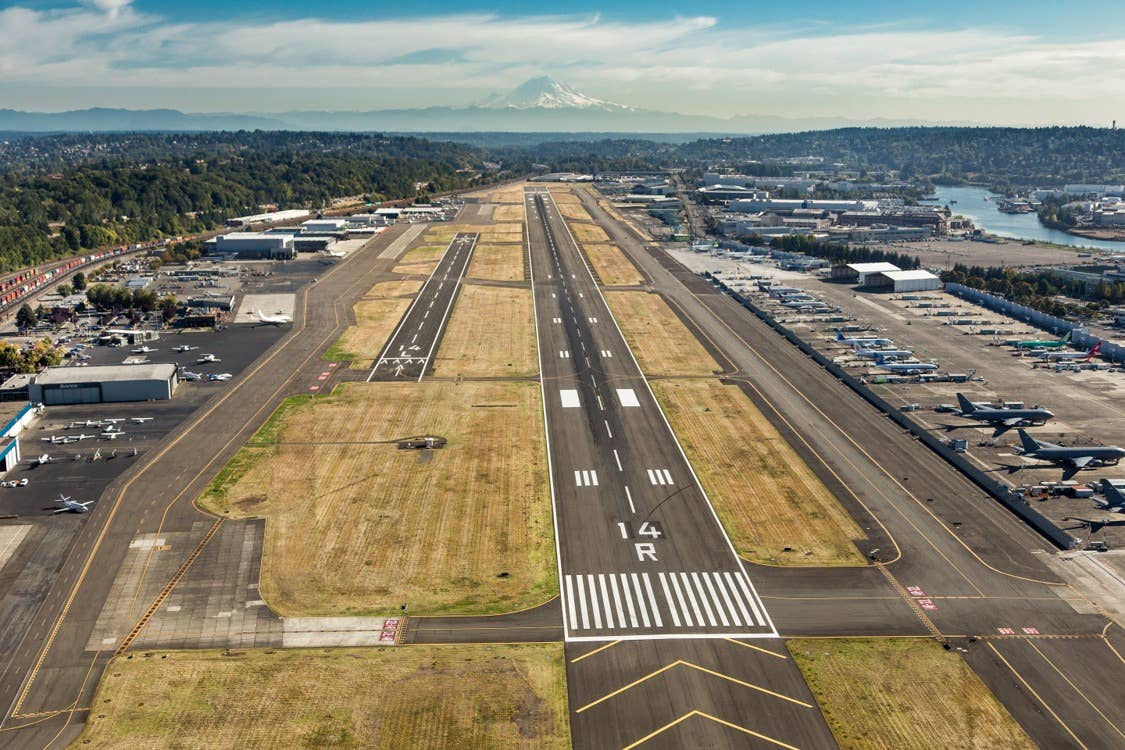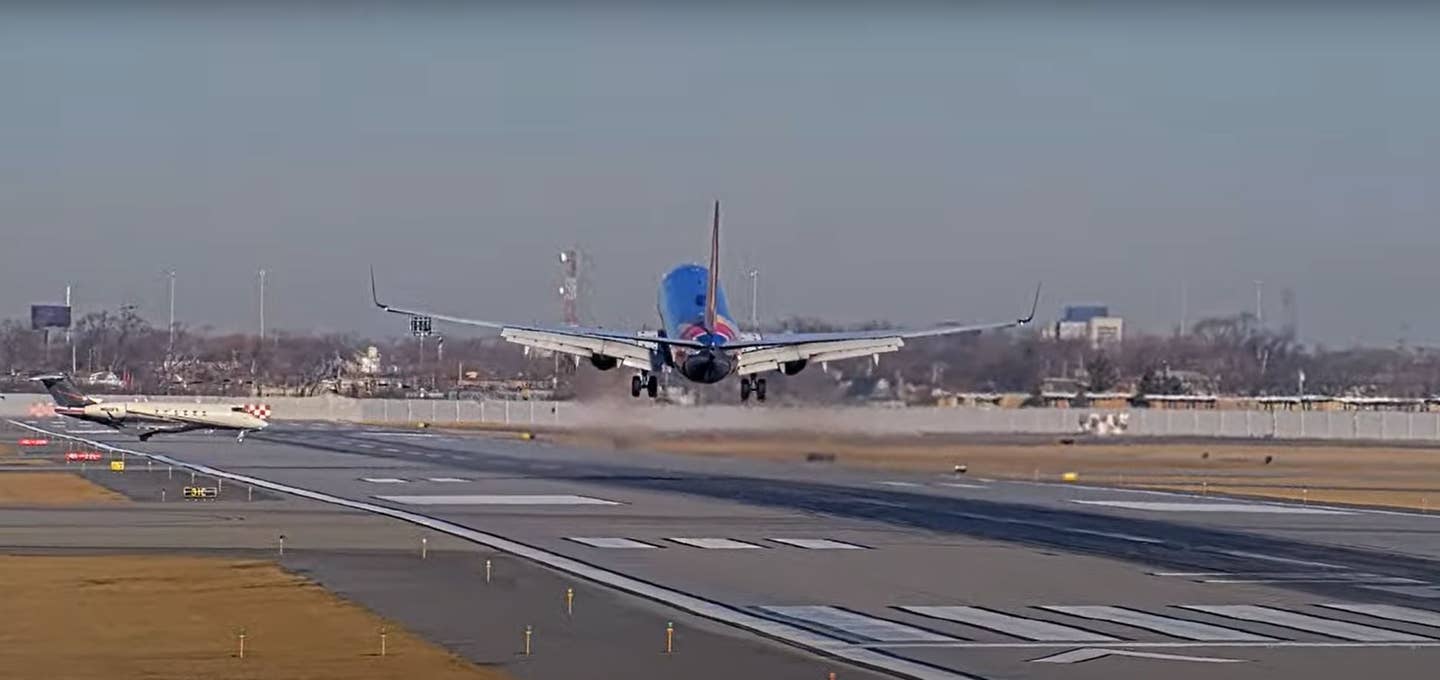New Aviators Hotel Plan Aims to Take the Friction Out of Flying
The new development plan at North Omaha Airport includes a 76-room hotel plan.

North Omaha Airport (91NE) is a privately-owned, private-use airport and has a 3,173-foot by 40-foot concrete runway. [Credit: North Omaha Airport]
Pat Ackerman wants pilots to fly more.
“I think that one of the biggest travesties that I see in general aviation is that people spend the time and money to get a pilot certificate and then not fly on a regular basis," said Ackerman, who owns North Omaha Airport (91NE). "They use their resources to buy a plane, fly it for a little while, and then some barriers keep them from flying."
He understands common obstacles, including those he's experienced himself.
“People don’t fly enough for a variety of reasons. Whether it’s ‘My databases on my plane aren’t updated, so I can’t go,’ or, ‘I don’t know enough pilots and don’t have the community built up yet, in terms of where to fly on the weekend.’ I see a lot of hangar queens out there, and providing facilities that foster flying more is what is needed in general aviation,” he said.
Ackerman, who previously held leadership positions with a national hospitality organization, purchased the airport in late 2021. The purchase was partially the result of him seeing gaps in pilots' desires to visit new destinations and them rarely doing so. After months of detailed planning and design work, the private pilot unveiled the concept to the public in January of this year.
“The hallmark of the project is what I call The Aviators Hotel,” Ackerman said. “One of the things that I recognized as I’ve flown around, and again—being new and excited about going different places—is that it’s really hard to seek out somewhere brand new to fly to. That’s because I think that there is a lot of friction in that process.”
“So, if you think about it, if you’ve never been to Omaha or another place before, there are a lot of logistical concerns.”
“Number one, you have to figure out whether your plane is going to be outside overnight,” he continued. “And I think that’s one of the biggest fears of airplane owners. Will there be storms, frost, or any number of things that could affect your plane? Second is, where do you stay? A lot of people may fly to second homes or visit a relative or someone that they know. Otherwise, you have to figure out where in town you want to stay. Third, you have to figure out transportation. A lot of places have a crew car, where some are better than others. I think that most pilots would say that the common crew car is a 1990s Buick LeSabre, that hopefully is there and hopefully starts,” he said with a laugh.
“Number four, what do you do once you land? If you’ve never been to Omaha, or any number of other places, what do you do when you are there? Is there a good restaurant to go to, an interesting event, a museum, or whatever? And then lastly, is itinerary planning. Packaging up a deal to make it super easy to fly into somewhere new is the opportunity that I saw with making The Aviators Hotel concept. Let’s solve the five biggest reasons that pilots don’t explore new places and just make it super easy to get off the ground and come somewhere new.”
Ackerman feels that this planned development at North Omaha Airport will solve the five problems he mentioned, as well as attract new visitors to Nebraska’s most populous city. In addition to the development’s flagship building—the (up to) 76-room hotel—there will also be a total of 38,000 square feet of hangar space dedicated to transient aircraft. Additionally, there will be 13,000 square feet of other interior space that will house various “country club” type amenities.
Ackerman is presently soliciting feedback from the pilot community regarding elements that should be included in the final site plans. Some aspects that he may incorporate include a spa, a pool, a kid’s area, a flight center, a lounge area with golf simulators, a fitness area, a restaurant, and a cocktail bar.
With a package of offerings that aviators won’t find at other airports, Ackerman expects that the project will be a significant draw for those from both near and far.
“I think that the target market will be visiting us somewhere from 250 to 500 nautical miles away,” he said. “I think the net is potentially larger than maybe people realize because there are so many pilots that are looking for a destination where they can go hang out. And when you start putting things like a hotel, to where pilots can now have a long weekend there, you start potentially drawing people from a considerably larger area.”
“Omaha has a diversity of great products to do. First of all, the food and beverage scene here is very underrated. There are a ton of really nice restaurants that offer memorable experiences that come to mind, that everyone would enjoy. We have a couple of amazing museums here, as well as an Orpheum Theatre that has a bunch of Broadway-produced and other shows that come to town. Then you have events like the College World Series, that’s here every year, the Olympic Swim Trials, and other similar caliber sporting events. Those are the things that come to mind that would be attractive reasons for people to come to the Omaha area.”
During initial planning, it was expected that the development would be completed next year. But from feedback received from the city and other stakeholders, there are some additional items that Ackerman must account for. As a result, he says that a more realistic time frame is for the project to be completed by the end of 2025.
“There is some work to do on the infrastructure around here and I think that any airport would be remiss to say that they don’t,” he said. “But our runway is in really good shape and was done in the 1960s, actually. Outside of some crack sealing and things, it’s really held up well over the years. The taxiways are pretty good overall, but there are some spots that we would like to address before opening the airport more broadly. There is also a runway extension that is a part of the plans that I would like to see put in place soon as well. It will be a 400-foot extension and the runway is currently at 3,173-feet now. The additional 400-feet adds an additional buffer for, say, a Piper M350 on a hot summer day trying to get over obstacles at either end of the runway.”
“Today, we are a privately-owned, private-use airport, so we do not get a lot of transient traffic,” he concluded. “That’s partly because of some trees that have grown into the airspace that violate state standards. So, the hope is to work with the city and our neighbors to have those trimmed and get back to being a public-use airport. In terms of airplanes, we have 24 based at the airport today and see mostly local traffic. My hope is that coming this spring, we start offering the basis for airport membership opportunities. This would unlock some benefits, like fuel at cost for certain tiers of membership, for example. We are starting to look at unique ways to help aircraft owners, in terms of easier maintenance, insurance, and use, and have a lot of ideas that will hopefully make the whole aircraft ownership experience better.”

Sign-up for newsletters & special offers!
Get the latest FLYING stories & special offers delivered directly to your inbox






